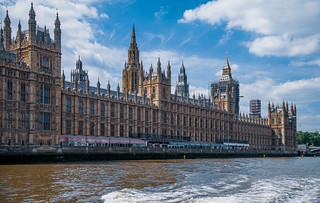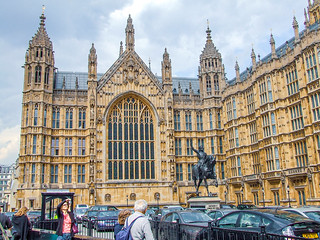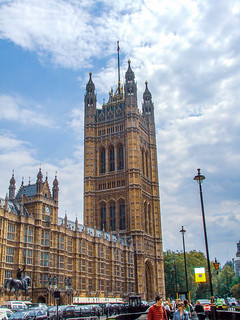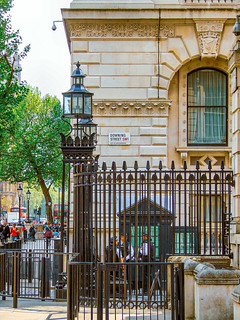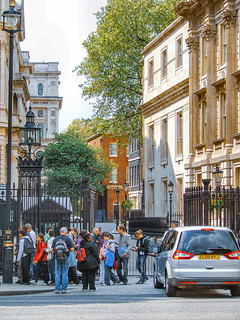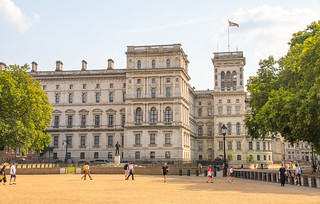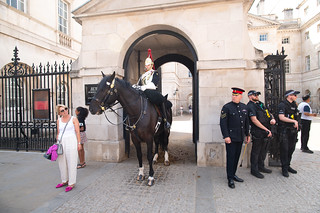Oliver Cromwell (born April 25, 1599, Huntingdon, Huntingdonshire, England—died September 3, 1658, London) English soldier and statesman, who led parliamentary forces in the English Civil Wars and was lord protector of England, Scotland, and Ireland (1653–58) during the republican Commonwealth.
As one of the generals on the parliamentary side in the English Civil War against King Charles I, Cromwell helped to bring about the overthrow of the Stuart monarchy, and, as lord protector, he raised his country’s status once more to that of a leading European power from the decline it had gone through since the death of Queen Elizabeth I. A man of outstanding gifts and forceful character, he was one of the most remarkable rulers in modern European history. Although a convinced Calvinist, he believed deeply in the value of religious toleration. At the same time, Cromwell’s victories at home and abroad helped to enlarge and sustain a Puritan attitude of mind, both in Great Britain and in North America, that continued to influence political and social life until recent times.
Cromwell was descended indirectly on his father’s side from Henry VIII’s chief minister, Thomas Cromwell, who had assisted Oliver’s great-grandfather and grandfather in acquiring significant amounts of former monastic land in Huntingdon and in the Fens. Oliver was the eldest surviving son of the younger son of a knight; he inherited a modest amount of property but was brought up in the vicinity of his grandfather, who regularly entertained the king’s hunting party. His education would have presented him with a strong evangelical Protestantism and a powerful sense of God’s providential presence in human affairs.
britannica.com
